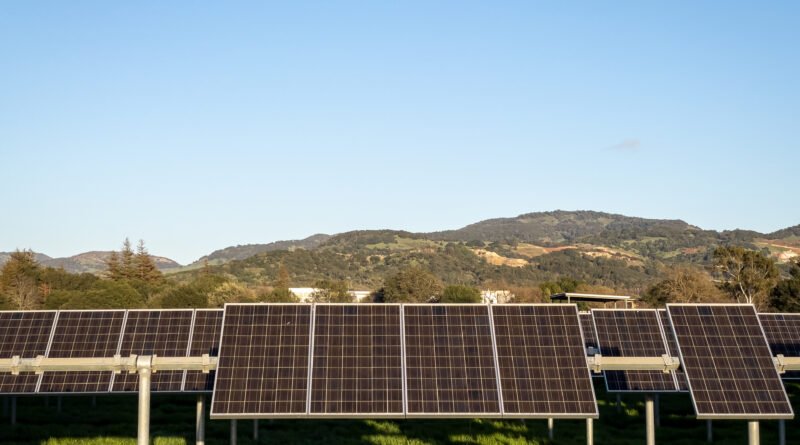Environmental impacts of key metals’ supply and low-carbon technologies
The environmental benefits of low-carbon technologies, such as photovoltaic modules, have been under debate because their large-scale deployment will require a drastic increase in metal production. The recently published research in the Journal of Industrial Ecology reveals that environmental impacts of key metals’ supply and low-carbon technologies are likely to decrease in the future.
Although low-carbon technologies are considered essential for climate change mitigation, their environmental benefits are under debate because of their high metal intensity. Therefore, it is expected that a large-scale deployment of low-carbon technologies will lead to a drastic increase of metal demand in the future. Higher metal demand may induce ore grade decline and can thereby further intensify the environmental footprint of metal supply.
As it is explained in the paper of Carina Harpprecht, Lauran van Oers, Stephen A. Northey, Yongxiang Yang and Bernhard Steubing, metal production has severe environmental implications: it is not only highly energy intensive, consuming around 10% of global primary energy, and therefore a major contributor to global greenhouse gas (GHG) emissions. It also adds to other environmental pressures, such as ecosystem degradation or human health impacts.
To account for this interlinkage known as the “energy-resource nexus”, energy and metal supply scenarios need to be assessed in conjunction. Metal supply scenarios for copper, nickel, zinc, and lead consider developments such as ore grade decline, energy-efficiency improvements, and secondary production shares.
A widely applied environmental assessment tool to analyze “potential impacts associated with a product” is life cycle assessment (LCA). LCA models are often divided into so-called foreground and background systems. The foreground system typically consists of specific processes that are modeled by the practitioners. The background system typically consists of many more processes and is drawn from a life cycle inventory (LCI) database, for example, ecoinvent. This background database provides the inputs to the foreground system such that the practitioners do not have to model all processes themselves.
Researchers find that impacts of the modeled metal supplies and low-carbon technologies may decrease in the future. Key drivers for impact reductions are the electricity transition and increasing secondary production shares. Considering both metal and electricity scenarios has proven valuable because they drive impact reductions in different categories, namely human toxicity (up to −43%) and climate change (up to −63%), respectively. Thus, compensating for lower ore grades and reducing impacts beyond climate change requires both greener electricity and also sustainable metal supply.




